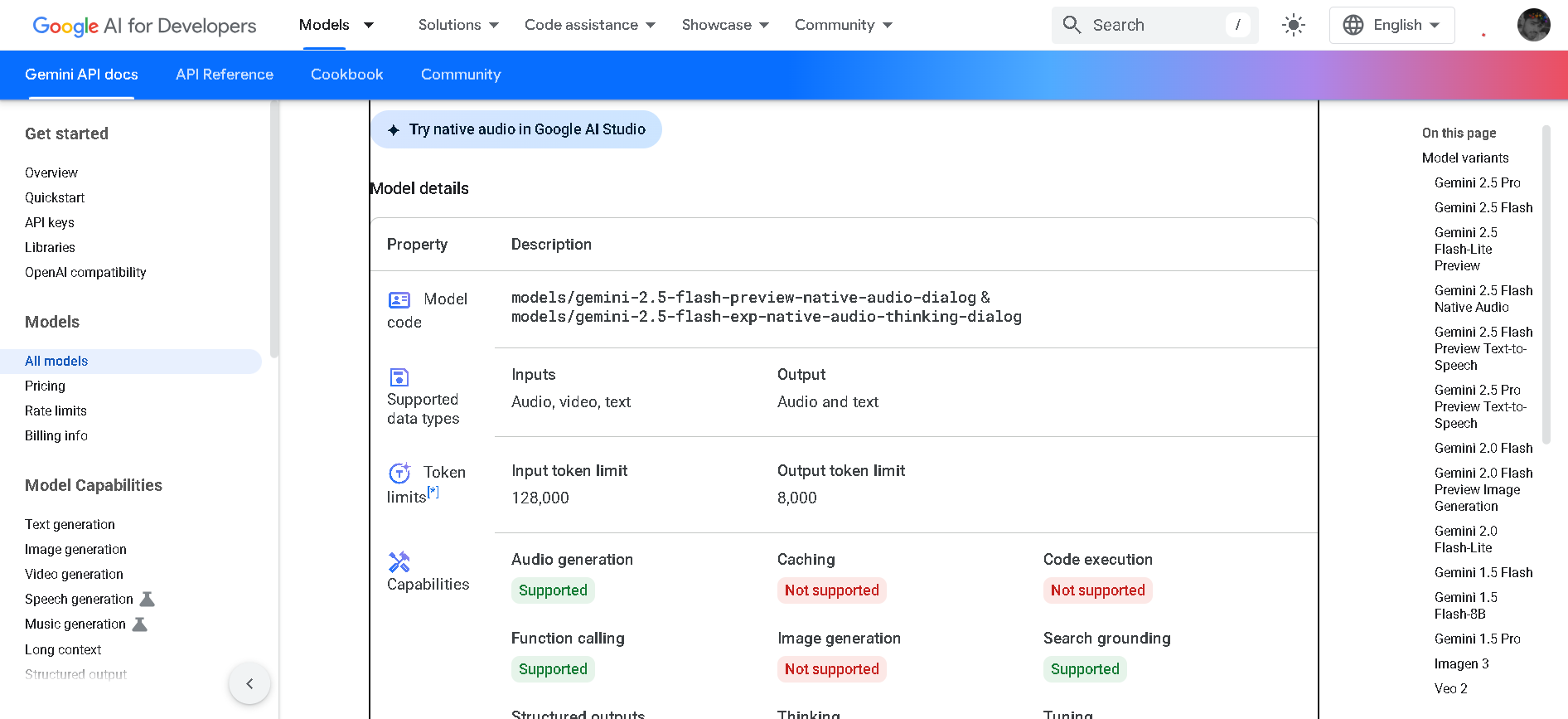
- Voice Assistant & Call Center Developers: Create interactive agents that speak back naturally and respond in context.
- Interactive Media & Game Designers: Build characters or NPCs with rich audio dialogues, emotional tone, and multilingual capabilities.
- Accessibility & Education: Provide conversational audio interfaces for audiobooks, language learning, or tutoring apps.
- Enterprise Conversational AI Teams: Deploy voice-enabled customer support with nuanced tone awareness and tool integration.
- Multilingual Voice App Builders: Support seamless transitions among 24+ languages with accent and tone control.
How to Use Gemini 2.5 Flash Native Audio?
- Access via Live API: Use the preview model names (`gemini-2.5-flash-preview-native-audio-dialog` or `gemini-2.5-flash-exp-native-audio-thinking-dialog`) via the Gemini API or Vertex AI Live API.
- Stream Audio & Video: Send live voice input (or video with audio); receive responsive speech output in real time.
- Adjust Thinking: Choose between Native Audio (standard speed with natural voice) and Thinking Audio (delivers deeper reasoning audio output).
- Customize Voice Behavior: Control tone, accent, expression, pace, and emotion; model recognizes when to pause or defer—e.g., in noisy environments.
- Integrate with Tools: Works alongside tool calling, context-aware actions, and structured output—perfect for agentic workflows.
- Truly Conversational Voice Interface: Gemini responds vocally in real time, recognizing tone and emotions.
- Thinking-Enabled Voice: Supports an advanced thinking-dialog version for deeper, multi-step reasoning with speech output.
- Multilingual & Expressive: Handles over 24 languages and accent shifts, with expressive control for various emotional or narrative delivery.
- Built on Flash’s Fast Reasoning Core: Delivers low-latency responses with cost savings and token efficiency.
- Enterprise-Grade Integration: Works with Live API, supports function calling, structured outputs, and tool invocation for production use.
- Natural, expressive real-time speech in API workflows
- Voice interfaces that sense tone, emotion, and environment
- Dual-mode: standard audio or thinking-depth audio output
- Supports multilingual, accent-aware dialogue experiences
- Combines voice with reasoning and tool-driven actions
- Still in preview—API may change before GA
- Requires Live API streaming and custom integration
- Thinking audio increases latency and compute usage
API
Custom
Output price (including thinking tokens): $2.00 (text) & $12.00 (audio)
Proud of the love you're getting? Show off your AI Toolbook reviews—then invite more fans to share the love and build your credibility.
Add an AI Toolbook badge to your site—an easy way to drive followers, showcase updates, and collect reviews. It's like a mini 24/7 billboard for your AI.
Reviews
Rating Distribution
Average score
Popular Mention
FAQs
Similar AI Tools
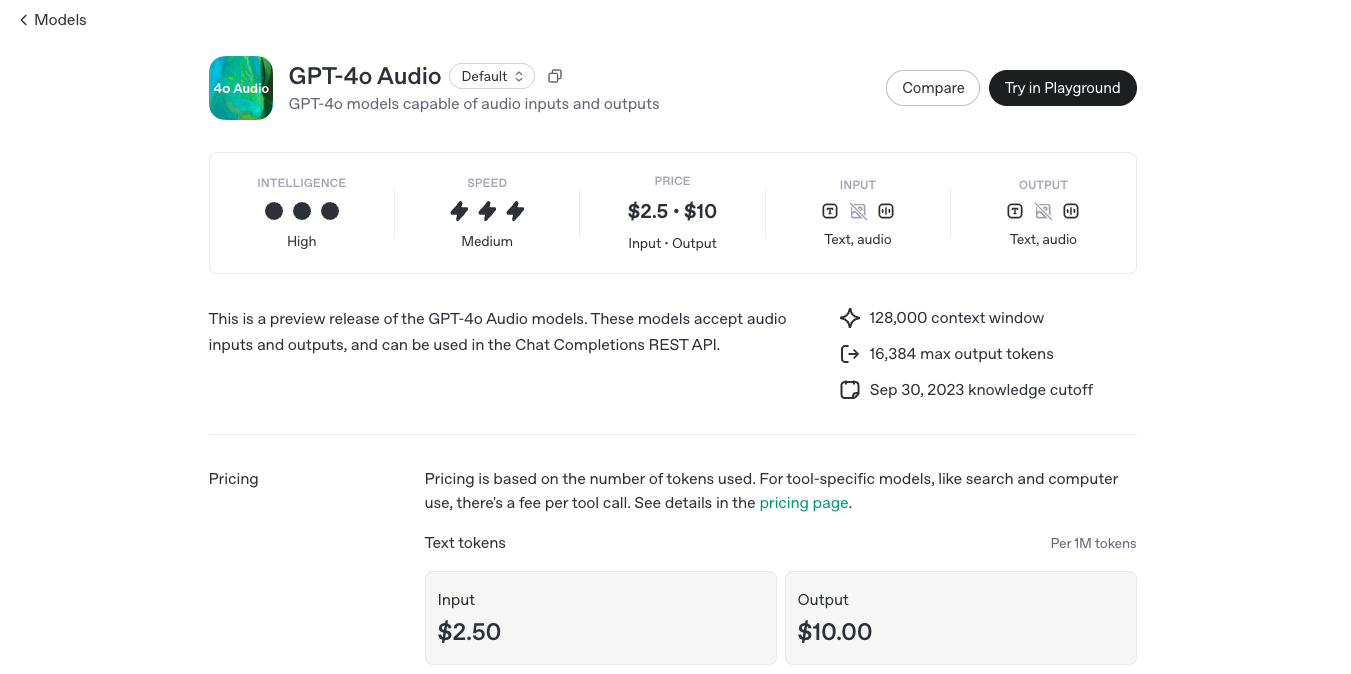
OpenAI GPT-4o Audio is an advanced real-time AI-powered voice assistant that enables instant, natural, and expressive conversations with AI. Unlike previous AI voice models, GPT-4o Audio can listen, understand, and respond within milliseconds, making interactions feel fluid and human-like. This model is designed to process and generate speech with emotion, tone, and contextual awareness, making it suitable for applications such as AI assistants, voice interactions, real-time translations, and accessibility tools.


OpenAI GPT 4o Audi..
OpenAI GPT-4o Audio is an advanced real-time AI-powered voice assistant that enables instant, natural, and expressive conversations with AI. Unlike previous AI voice models, GPT-4o Audio can listen, understand, and respond within milliseconds, making interactions feel fluid and human-like. This model is designed to process and generate speech with emotion, tone, and contextual awareness, making it suitable for applications such as AI assistants, voice interactions, real-time translations, and accessibility tools.


OpenAI GPT 4o Audi..
OpenAI GPT-4o Audio is an advanced real-time AI-powered voice assistant that enables instant, natural, and expressive conversations with AI. Unlike previous AI voice models, GPT-4o Audio can listen, understand, and respond within milliseconds, making interactions feel fluid and human-like. This model is designed to process and generate speech with emotion, tone, and contextual awareness, making it suitable for applications such as AI assistants, voice interactions, real-time translations, and accessibility tools.

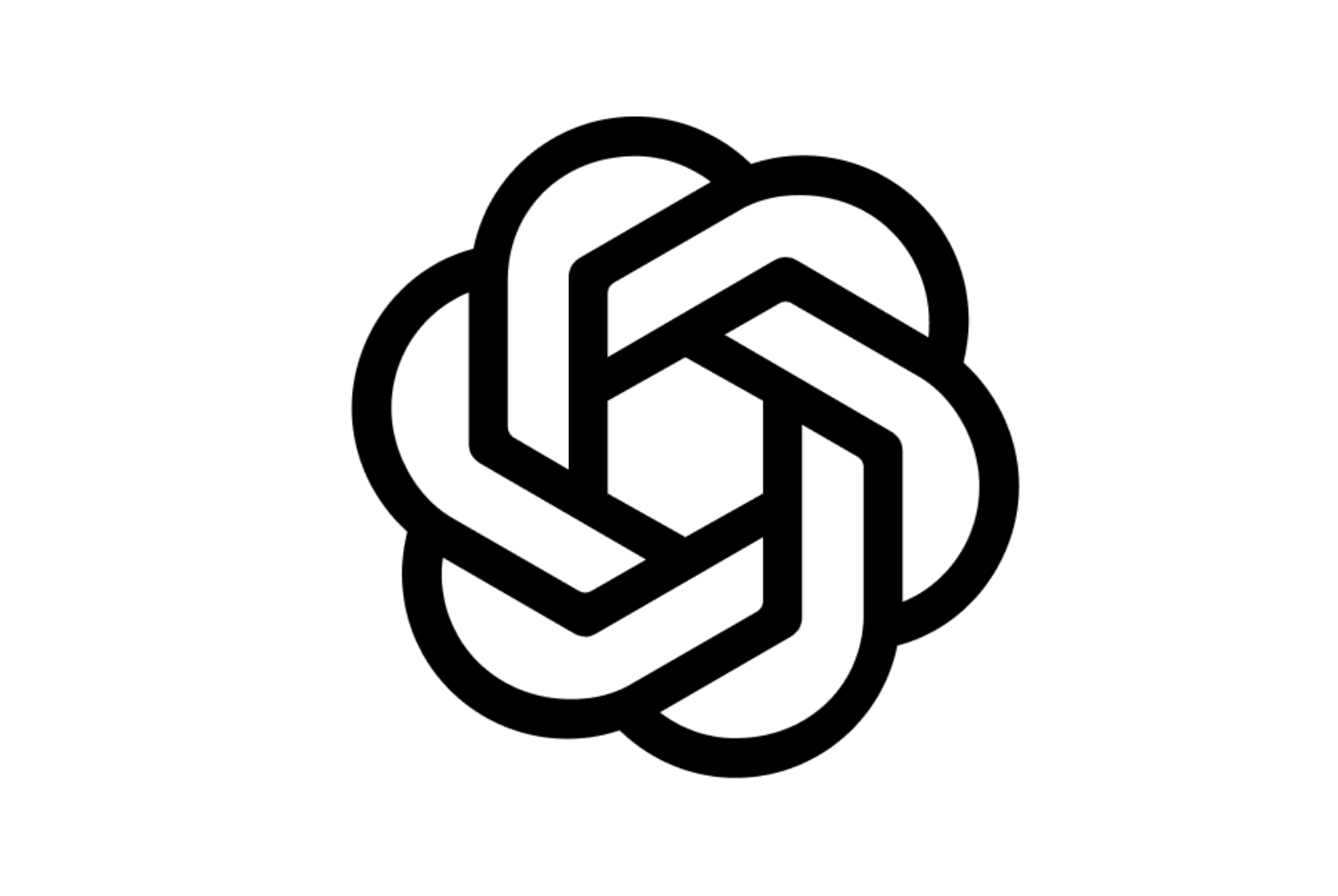
OpenAI GPT 4o Real..
GPT-4o Realtime Preview is OpenAI’s latest and most advanced multimodal AI model—designed for lightning-fast, real-time interaction across text, vision, and audio. The "o" stands for "omni," reflecting its groundbreaking ability to understand and generate across multiple input and output types. With human-like responsiveness, low latency, and top-tier intelligence, GPT-4o Realtime Preview offers a glimpse into the future of natural AI interfaces. Whether you're building voice assistants, dynamic UIs, or smart multi-input applications, GPT-4o is the new gold standard in real-time AI performance.


OpenAI GPT 4o Real..
GPT-4o Realtime Preview is OpenAI’s latest and most advanced multimodal AI model—designed for lightning-fast, real-time interaction across text, vision, and audio. The "o" stands for "omni," reflecting its groundbreaking ability to understand and generate across multiple input and output types. With human-like responsiveness, low latency, and top-tier intelligence, GPT-4o Realtime Preview offers a glimpse into the future of natural AI interfaces. Whether you're building voice assistants, dynamic UIs, or smart multi-input applications, GPT-4o is the new gold standard in real-time AI performance.


OpenAI GPT 4o Real..
GPT-4o Realtime Preview is OpenAI’s latest and most advanced multimodal AI model—designed for lightning-fast, real-time interaction across text, vision, and audio. The "o" stands for "omni," reflecting its groundbreaking ability to understand and generate across multiple input and output types. With human-like responsiveness, low latency, and top-tier intelligence, GPT-4o Realtime Preview offers a glimpse into the future of natural AI interfaces. Whether you're building voice assistants, dynamic UIs, or smart multi-input applications, GPT-4o is the new gold standard in real-time AI performance.

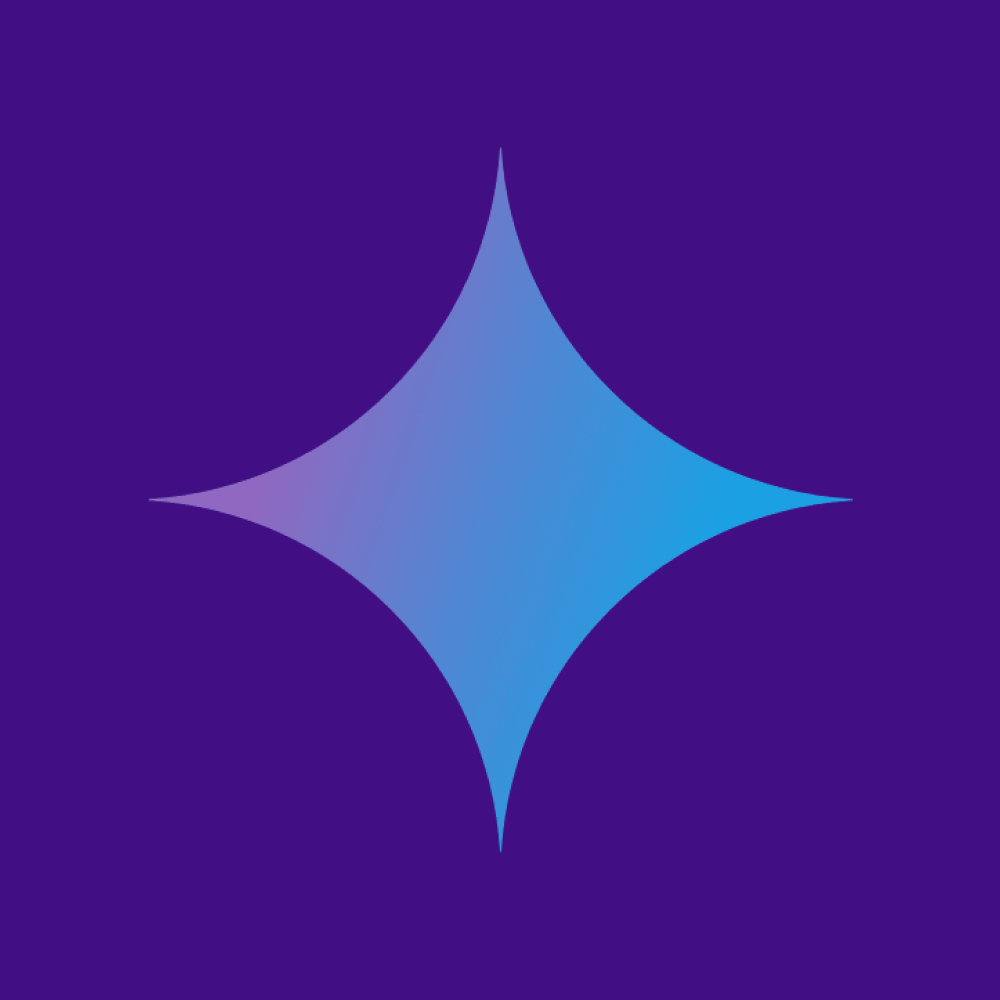
Gemini 2.0 Flash P..
Gemini 2.0 Flash Preview Image Generation is Google’s experimental vision feature built into the Flash model. It enables developers to generate and edit images alongside text in a conversational manner and supports multi-turn, context-aware visual workflows via the Gemini API or Vertex AI.


Gemini 2.0 Flash P..
Gemini 2.0 Flash Preview Image Generation is Google’s experimental vision feature built into the Flash model. It enables developers to generate and edit images alongside text in a conversational manner and supports multi-turn, context-aware visual workflows via the Gemini API or Vertex AI.


Gemini 2.0 Flash P..
Gemini 2.0 Flash Preview Image Generation is Google’s experimental vision feature built into the Flash model. It enables developers to generate and edit images alongside text in a conversational manner and supports multi-turn, context-aware visual workflows via the Gemini API or Vertex AI.

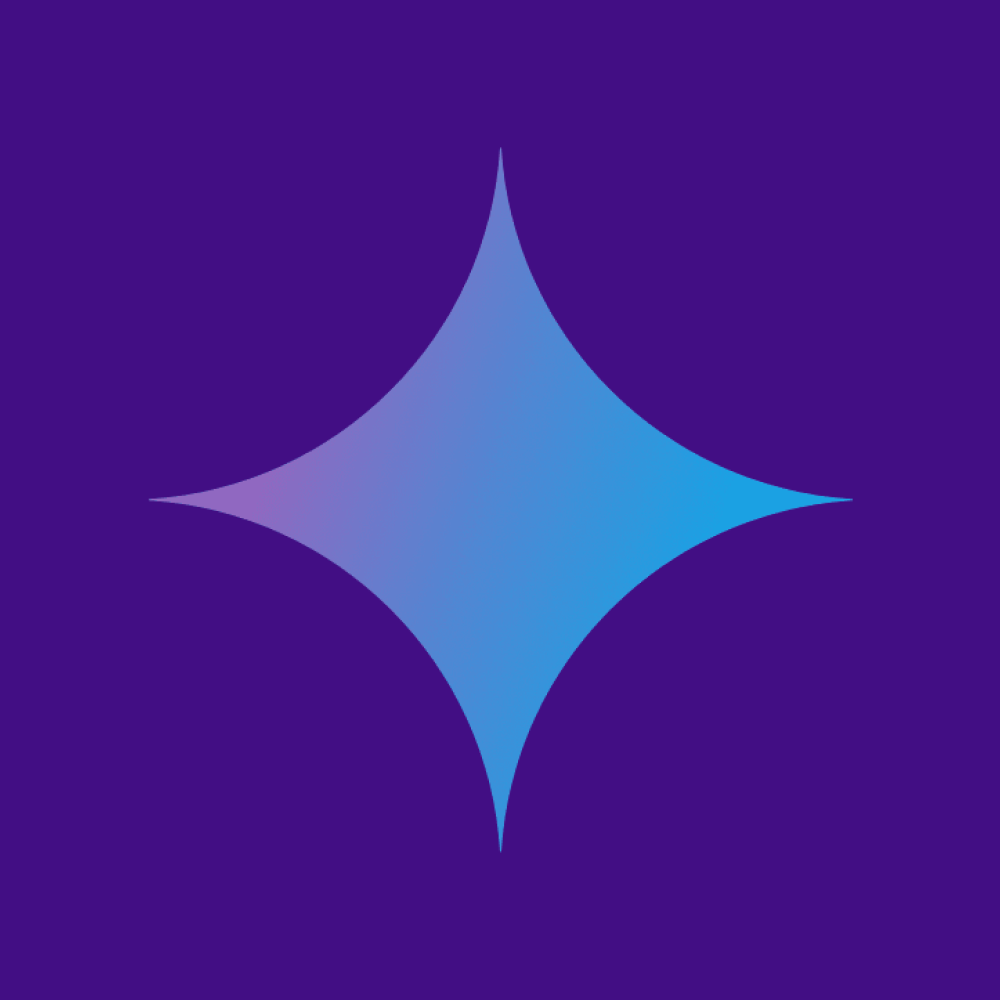
Gemini Embedding
Gemini Embedding is Google DeepMind’s state-of-the-art text embedding model, built on the powerful Gemini family. It transforms text into high-dimensional numerical vectors (up to 3,072 dimensions) with exceptional accuracy and generalization across over 100 languages and multiple modalities—including code. It achieves state-of-the-art results on the Massive Multilingual Text Embedding Benchmark (MMTEB), outperforming prior models across multilingual, English, and code-based tasks


Gemini Embedding
Gemini Embedding is Google DeepMind’s state-of-the-art text embedding model, built on the powerful Gemini family. It transforms text into high-dimensional numerical vectors (up to 3,072 dimensions) with exceptional accuracy and generalization across over 100 languages and multiple modalities—including code. It achieves state-of-the-art results on the Massive Multilingual Text Embedding Benchmark (MMTEB), outperforming prior models across multilingual, English, and code-based tasks


Gemini Embedding
Gemini Embedding is Google DeepMind’s state-of-the-art text embedding model, built on the powerful Gemini family. It transforms text into high-dimensional numerical vectors (up to 3,072 dimensions) with exceptional accuracy and generalization across over 100 languages and multiple modalities—including code. It achieves state-of-the-art results on the Massive Multilingual Text Embedding Benchmark (MMTEB), outperforming prior models across multilingual, English, and code-based tasks
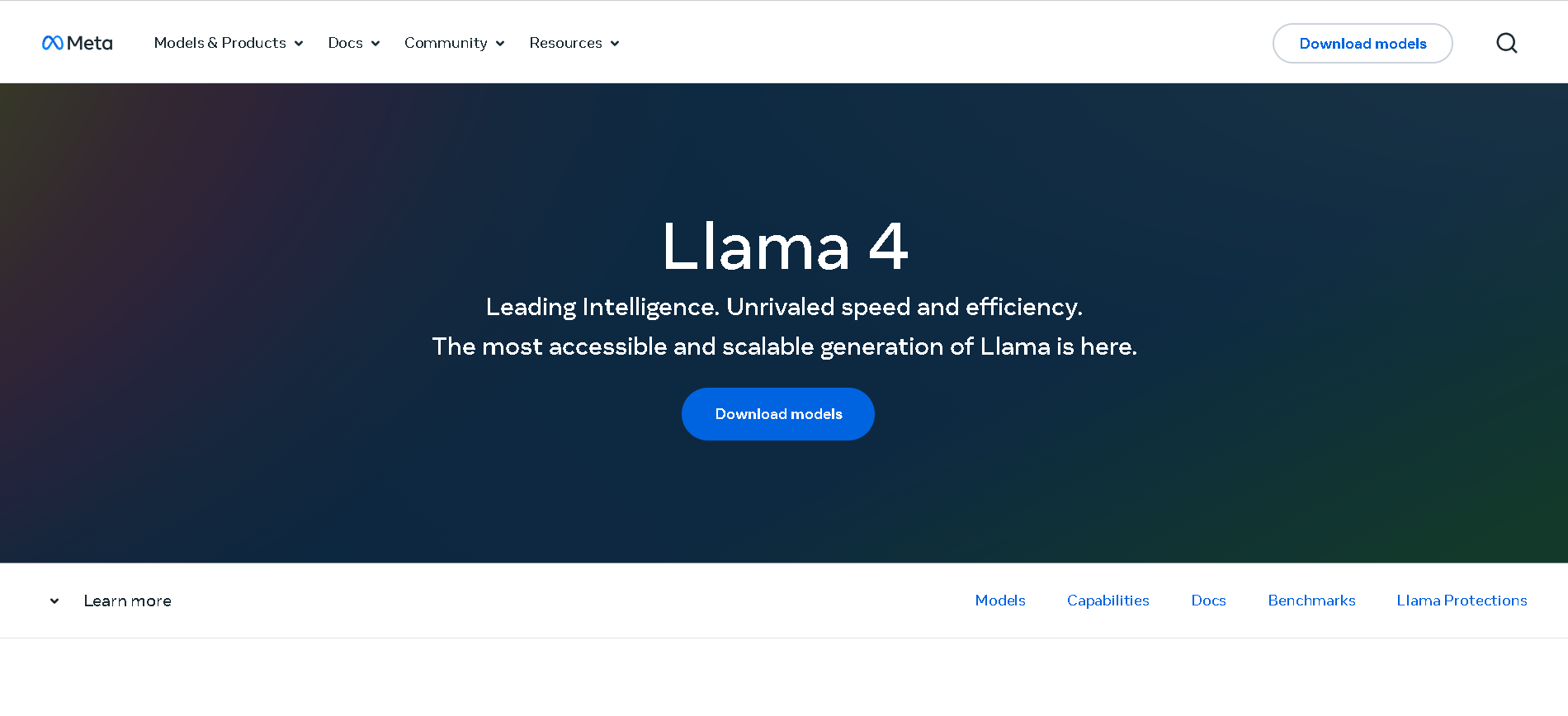
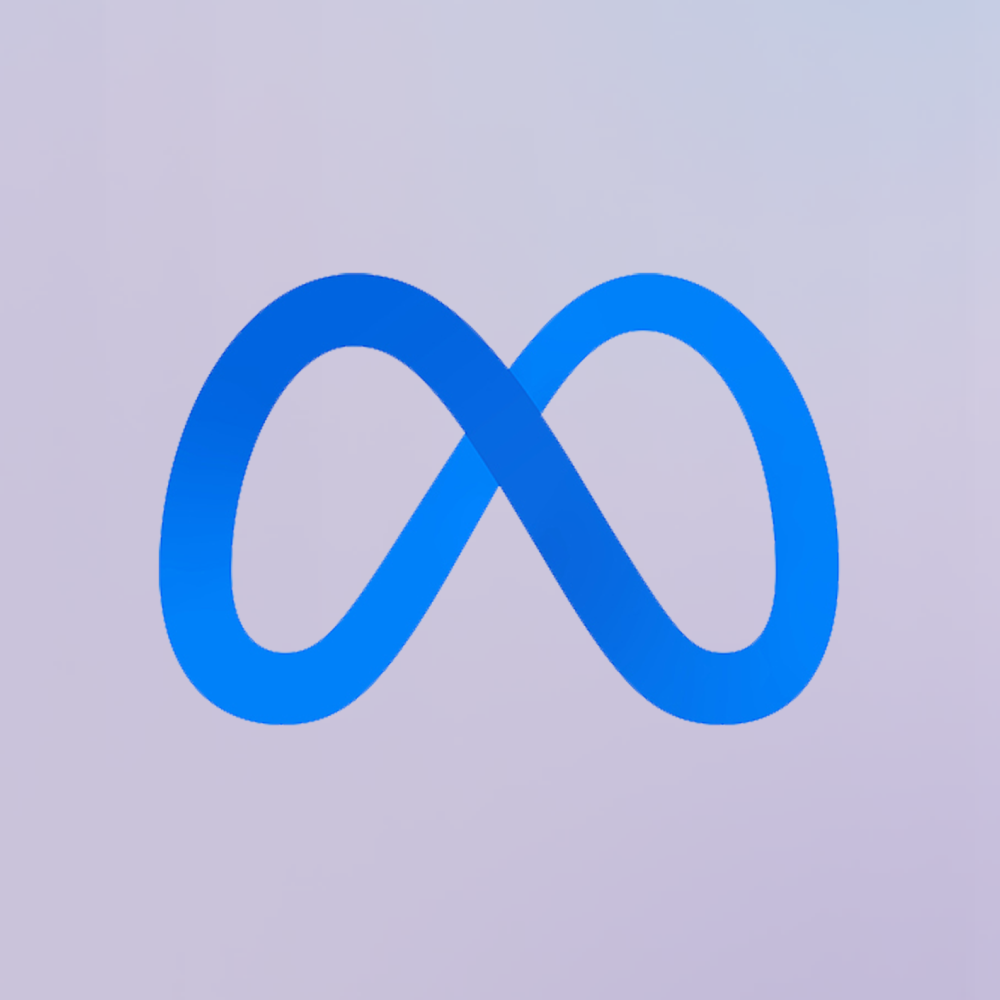
Meta Llama 4
Meta Llama 4 is the latest generation of Meta’s large language model series. It features a mixture-of-experts (MoE) architecture, making it both highly efficient and powerful. Llama 4 is natively multimodal—supporting text and image inputs—and offers three key variants: Scout (17B active parameters, 10 M token context), Maverick (17B active, 1 M token context), and Behemoth (288B active, 2 T total parameters; still in development). Designed for long-context reasoning, multilingual understanding, and open-weight availability (with license restrictions), Llama 4 excels in benchmarks and versatility.


Meta Llama 4
Meta Llama 4 is the latest generation of Meta’s large language model series. It features a mixture-of-experts (MoE) architecture, making it both highly efficient and powerful. Llama 4 is natively multimodal—supporting text and image inputs—and offers three key variants: Scout (17B active parameters, 10 M token context), Maverick (17B active, 1 M token context), and Behemoth (288B active, 2 T total parameters; still in development). Designed for long-context reasoning, multilingual understanding, and open-weight availability (with license restrictions), Llama 4 excels in benchmarks and versatility.


Meta Llama 4
Meta Llama 4 is the latest generation of Meta’s large language model series. It features a mixture-of-experts (MoE) architecture, making it both highly efficient and powerful. Llama 4 is natively multimodal—supporting text and image inputs—and offers three key variants: Scout (17B active parameters, 10 M token context), Maverick (17B active, 1 M token context), and Behemoth (288B active, 2 T total parameters; still in development). Designed for long-context reasoning, multilingual understanding, and open-weight availability (with license restrictions), Llama 4 excels in benchmarks and versatility.
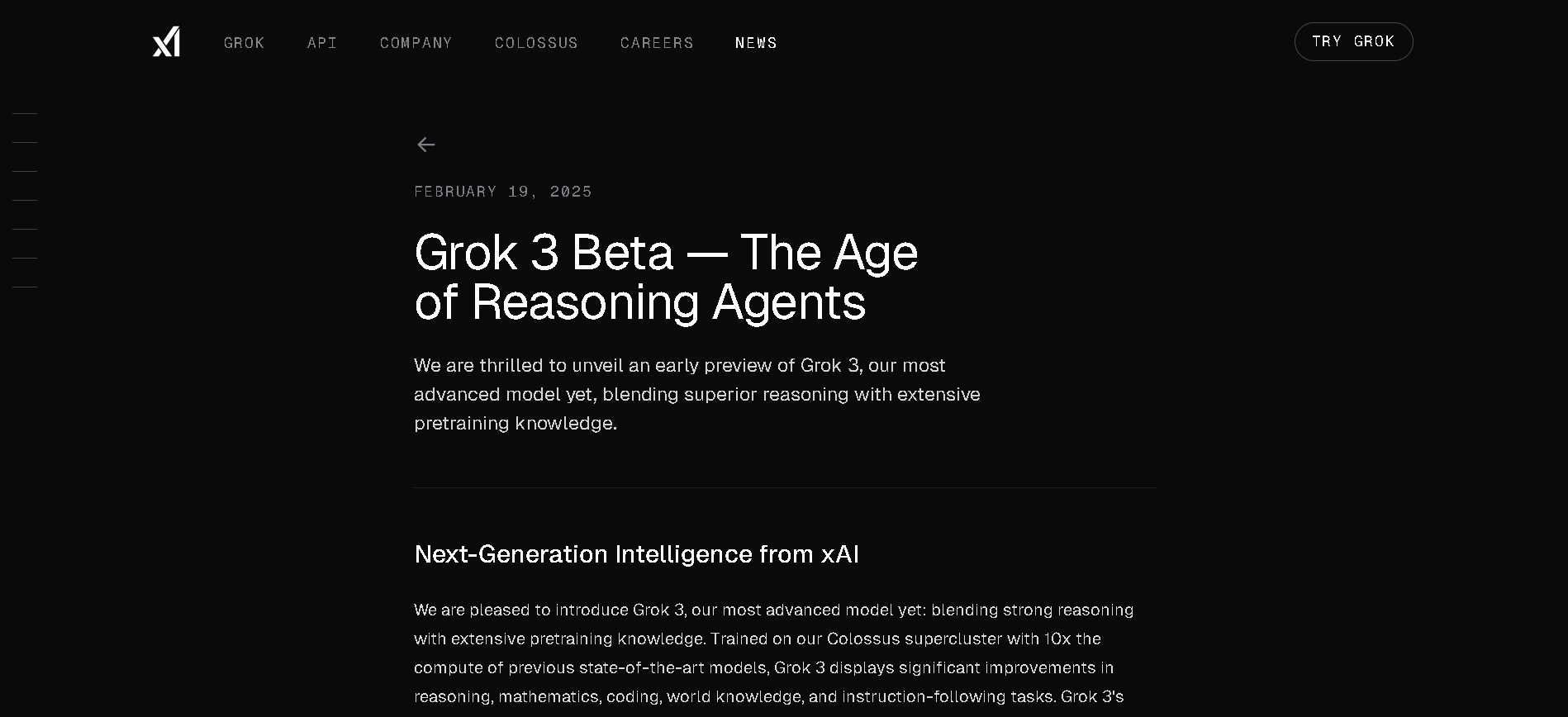
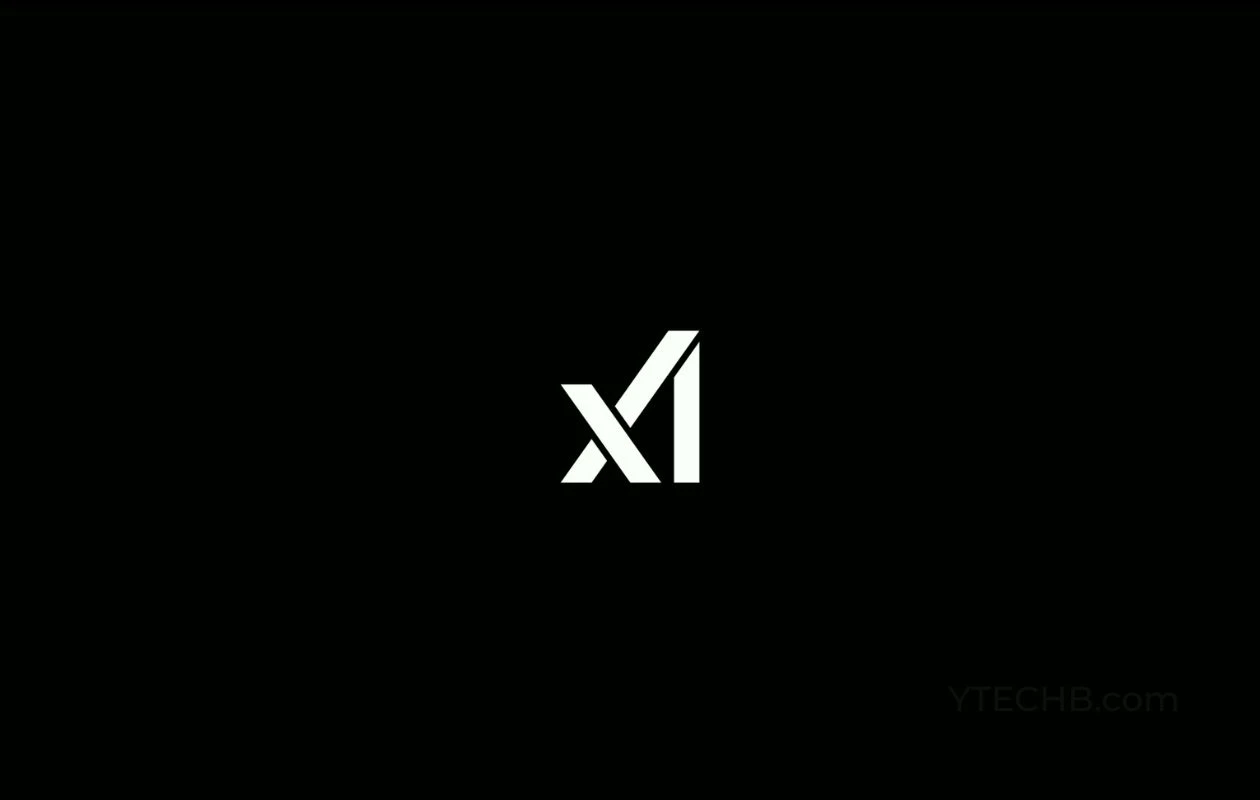
Grok 3 Latest
Grok 3 is xAI’s newest flagship AI chatbot, released on February 17, 2025, running on the massive Colossus supercluster (~200,000 GPUs). It offers elite-level reasoning, chain-of-thought transparency (“Think” mode), advanced “Big Brain” deeper reasoning, multimodal support (text, images), and integrated real-time DeepSearch—positioning it as a top-tier competitor to GPT‑4o, Gemini, Claude, and DeepSeek V3 on benchmarks.


Grok 3 Latest
Grok 3 is xAI’s newest flagship AI chatbot, released on February 17, 2025, running on the massive Colossus supercluster (~200,000 GPUs). It offers elite-level reasoning, chain-of-thought transparency (“Think” mode), advanced “Big Brain” deeper reasoning, multimodal support (text, images), and integrated real-time DeepSearch—positioning it as a top-tier competitor to GPT‑4o, Gemini, Claude, and DeepSeek V3 on benchmarks.


Grok 3 Latest
Grok 3 is xAI’s newest flagship AI chatbot, released on February 17, 2025, running on the massive Colossus supercluster (~200,000 GPUs). It offers elite-level reasoning, chain-of-thought transparency (“Think” mode), advanced “Big Brain” deeper reasoning, multimodal support (text, images), and integrated real-time DeepSearch—positioning it as a top-tier competitor to GPT‑4o, Gemini, Claude, and DeepSeek V3 on benchmarks.
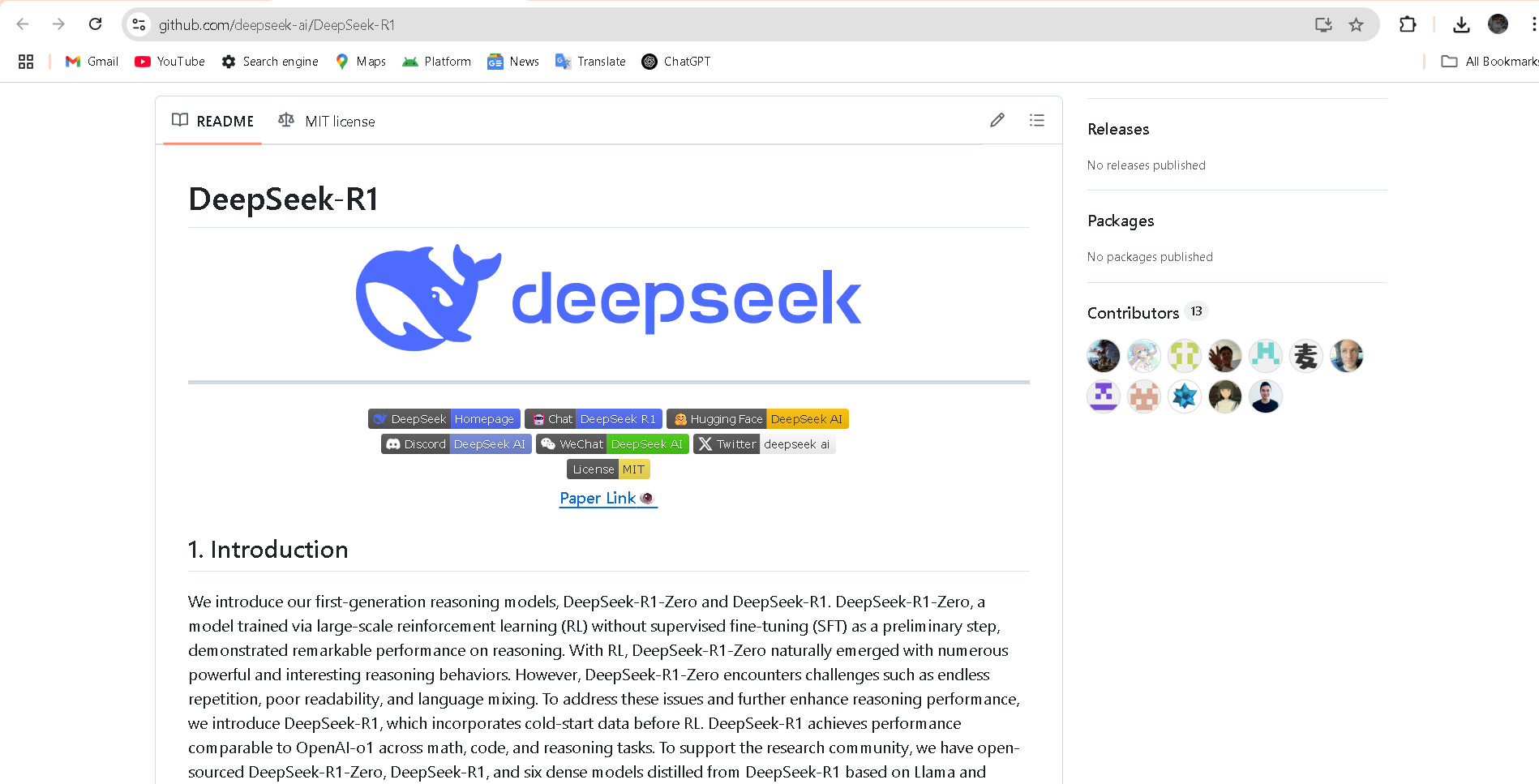
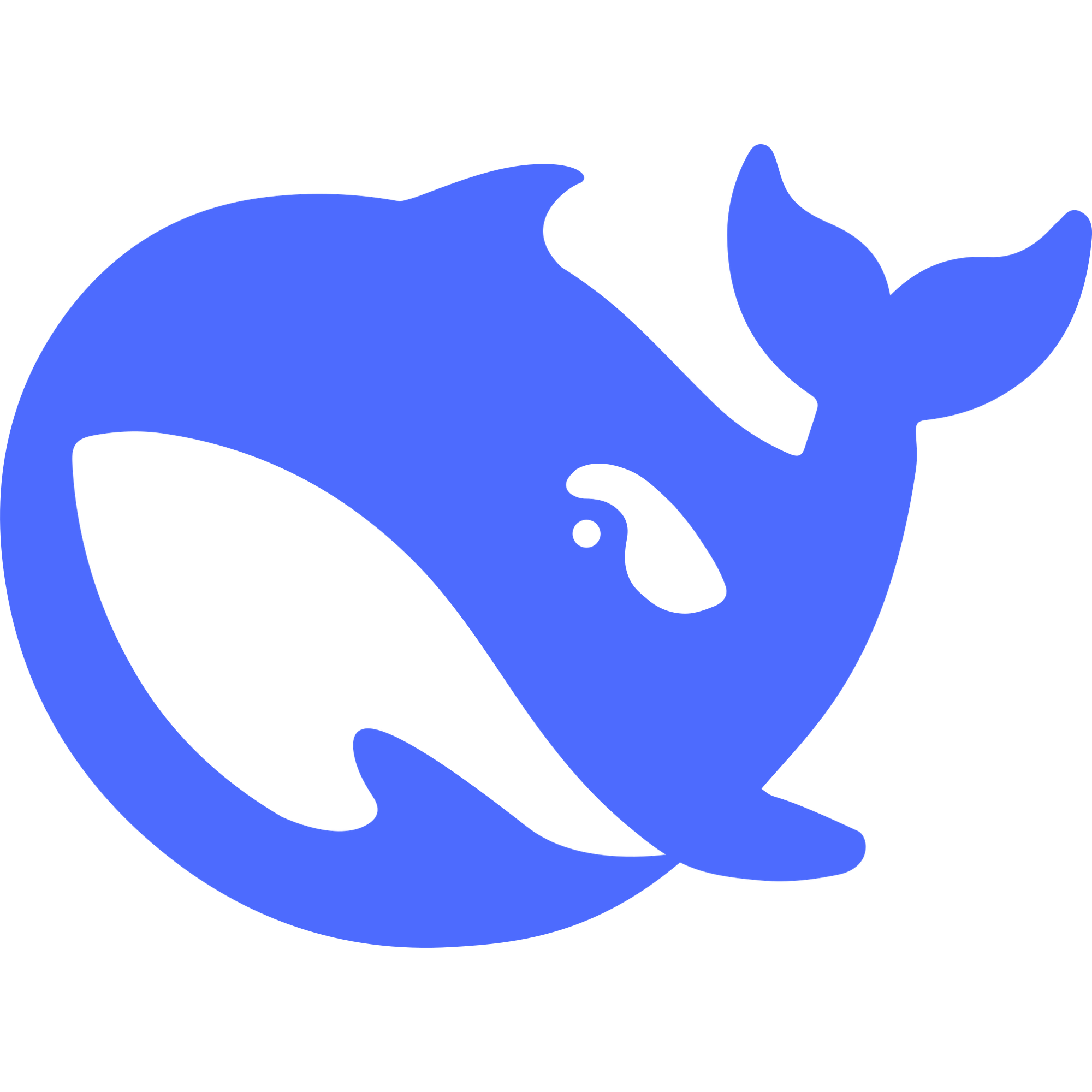
DeepSeek-R1-Lite-P..
DeepSeek R1 Lite Preview is the lightweight preview of DeepSeek’s flagship reasoning model, released on November 20, 2024. It’s designed for advanced chain-of-thought reasoning in math, coding, and logic, showcasing transparent, multi-round reasoning. It achieves performance on par—or exceeding—OpenAI’s o1-preview on benchmarks like AIME and MATH, using test-time compute scaling.


DeepSeek-R1-Lite-P..
DeepSeek R1 Lite Preview is the lightweight preview of DeepSeek’s flagship reasoning model, released on November 20, 2024. It’s designed for advanced chain-of-thought reasoning in math, coding, and logic, showcasing transparent, multi-round reasoning. It achieves performance on par—or exceeding—OpenAI’s o1-preview on benchmarks like AIME and MATH, using test-time compute scaling.


DeepSeek-R1-Lite-P..
DeepSeek R1 Lite Preview is the lightweight preview of DeepSeek’s flagship reasoning model, released on November 20, 2024. It’s designed for advanced chain-of-thought reasoning in math, coding, and logic, showcasing transparent, multi-round reasoning. It achieves performance on par—or exceeding—OpenAI’s o1-preview on benchmarks like AIME and MATH, using test-time compute scaling.


Google Assistant
Google Assistant is Google’s AI-powered virtual assistant that responds to voice and text commands across a wide range of devices—phones, speakers, TVs, cars, wearables, and more. It performs everyday tasks, provides real-time answers, manages your schedule, controls smart homes, and integrates deeply with Google’s ecosystem of services. By combining search, messaging, navigation, and multimedia control into one intuitive interface, it strives to be your go-to personal help.


Google Assistant
Google Assistant is Google’s AI-powered virtual assistant that responds to voice and text commands across a wide range of devices—phones, speakers, TVs, cars, wearables, and more. It performs everyday tasks, provides real-time answers, manages your schedule, controls smart homes, and integrates deeply with Google’s ecosystem of services. By combining search, messaging, navigation, and multimedia control into one intuitive interface, it strives to be your go-to personal help.


Google Assistant
Google Assistant is Google’s AI-powered virtual assistant that responds to voice and text commands across a wide range of devices—phones, speakers, TVs, cars, wearables, and more. It performs everyday tasks, provides real-time answers, manages your schedule, controls smart homes, and integrates deeply with Google’s ecosystem of services. By combining search, messaging, navigation, and multimedia control into one intuitive interface, it strives to be your go-to personal help.

Mistral Large 2
Mistral Large 2 is the second-generation flagship model from Mistral AI, released in July 2024. Also referenced as mistral-large-2407, it’s a 123 B-parameter dense LLM with a 128 K-token context window, supporting dozens of languages and 80+ coding languages. It excels in reasoning, code generation, mathematics, instruction-following, and function calling—designed for high throughput on single-node setups.

Mistral Large 2
Mistral Large 2 is the second-generation flagship model from Mistral AI, released in July 2024. Also referenced as mistral-large-2407, it’s a 123 B-parameter dense LLM with a 128 K-token context window, supporting dozens of languages and 80+ coding languages. It excels in reasoning, code generation, mathematics, instruction-following, and function calling—designed for high throughput on single-node setups.

Mistral Large 2
Mistral Large 2 is the second-generation flagship model from Mistral AI, released in July 2024. Also referenced as mistral-large-2407, it’s a 123 B-parameter dense LLM with a 128 K-token context window, supporting dozens of languages and 80+ coding languages. It excels in reasoning, code generation, mathematics, instruction-following, and function calling—designed for high throughput on single-node setups.

Mistral Nemotron
Mistral Nemotron is a preview large language model, jointly developed by Mistral AI and NVIDIA, released on June 11, 2025. Optimized by NVIDIA for inference using TensorRT-LLM and vLLM, it supports a massive 128K-token context window and is built for agentic workflows—excelling in instruction-following, function calling, and code generation—while delivering state-of-the-art performance across reasoning, math, coding, and multilingual benchmarks.

Mistral Nemotron
Mistral Nemotron is a preview large language model, jointly developed by Mistral AI and NVIDIA, released on June 11, 2025. Optimized by NVIDIA for inference using TensorRT-LLM and vLLM, it supports a massive 128K-token context window and is built for agentic workflows—excelling in instruction-following, function calling, and code generation—while delivering state-of-the-art performance across reasoning, math, coding, and multilingual benchmarks.

Mistral Nemotron
Mistral Nemotron is a preview large language model, jointly developed by Mistral AI and NVIDIA, released on June 11, 2025. Optimized by NVIDIA for inference using TensorRT-LLM and vLLM, it supports a massive 128K-token context window and is built for agentic workflows—excelling in instruction-following, function calling, and code generation—while delivering state-of-the-art performance across reasoning, math, coding, and multilingual benchmarks.

Qwen Chat
Qwen Chat is Alibaba Cloud’s conversational AI assistant built on the Qwen series (e.g., Qwen‑7B‑Chat, Qwen1.5‑7B‑Chat, Qwen‑VL, Qwen‑Audio, and Qwen2.5‑Omni). It supports text, vision, audio, and video understanding, plus image and document processing, web search integration, and image generation—all through a unified chat interface.

Qwen Chat
Qwen Chat is Alibaba Cloud’s conversational AI assistant built on the Qwen series (e.g., Qwen‑7B‑Chat, Qwen1.5‑7B‑Chat, Qwen‑VL, Qwen‑Audio, and Qwen2.5‑Omni). It supports text, vision, audio, and video understanding, plus image and document processing, web search integration, and image generation—all through a unified chat interface.

Qwen Chat
Qwen Chat is Alibaba Cloud’s conversational AI assistant built on the Qwen series (e.g., Qwen‑7B‑Chat, Qwen1.5‑7B‑Chat, Qwen‑VL, Qwen‑Audio, and Qwen2.5‑Omni). It supports text, vision, audio, and video understanding, plus image and document processing, web search integration, and image generation—all through a unified chat interface.


Google AI Studio
Google AI Studio is a web-based development environment that allows users to explore, prototype, and build applications using Google's cutting-edge generative AI models, such as Gemini. It provides a comprehensive set of tools for interacting with AI through chat prompts, generating various media types, and fine-tuning model behaviors for specific use cases.


Google AI Studio
Google AI Studio is a web-based development environment that allows users to explore, prototype, and build applications using Google's cutting-edge generative AI models, such as Gemini. It provides a comprehensive set of tools for interacting with AI through chat prompts, generating various media types, and fine-tuning model behaviors for specific use cases.


Google AI Studio
Google AI Studio is a web-based development environment that allows users to explore, prototype, and build applications using Google's cutting-edge generative AI models, such as Gemini. It provides a comprehensive set of tools for interacting with AI through chat prompts, generating various media types, and fine-tuning model behaviors for specific use cases.
Editorial Note
This page was researched and written by the ATB Editorial Team. Our team researches each AI tool by reviewing its official website, testing features, exploring real use cases, and considering user feedback. Every page is fact-checked and regularly updated to ensure the information stays accurate, neutral, and useful for our readers.
If you have any suggestions or questions, email us at hello@aitoolbook.ai
